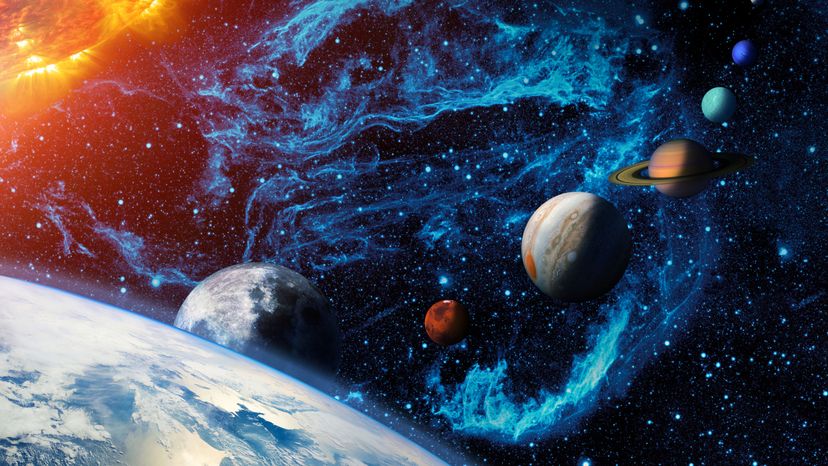
With the launch of the Kepler telescope and observatory in 2009, scientists’ knowledge of our universe has taken a quantum leap forward in a little more than five years. Orbiting our own planet, Kepler’s mission is a simple one: Search for habitable planets elsewhere in the universe. This orbiting telescope is so powerful that it is capable of discovering more than 1,000 new planets at a time. This has led to a major advance in terms of our understanding of the universe, and it has resulted in some pretty incredible theories that were unthinkable just a few short years ago. With that in mind, here are some mindblowing recent discoveries of the universe that will seriously mess with your head.
Advertisement